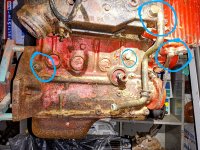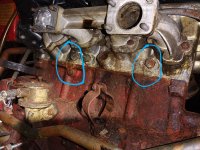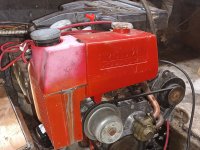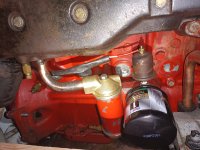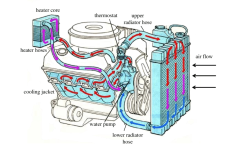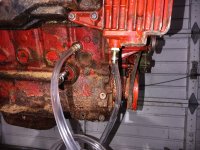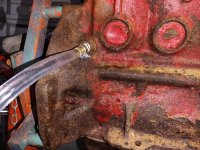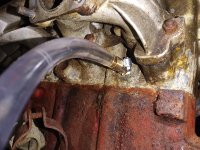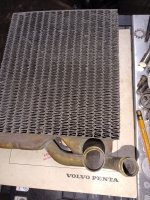It didn't look like we could access any coolant ports on the water pump with the AQ140A engine. We found some plugs that go into various places on the block and the head. We didn't find any diagrams or photos online with others doing this modification.
The plan was to run some heater hose up to the cabin area and install a heater core with fans and ducting. If we have to add a electric water pump inline that is easy to do too.
The plan was to run some heater hose up to the cabin area and install a heater core with fans and ducting. If we have to add a electric water pump inline that is easy to do too.




















